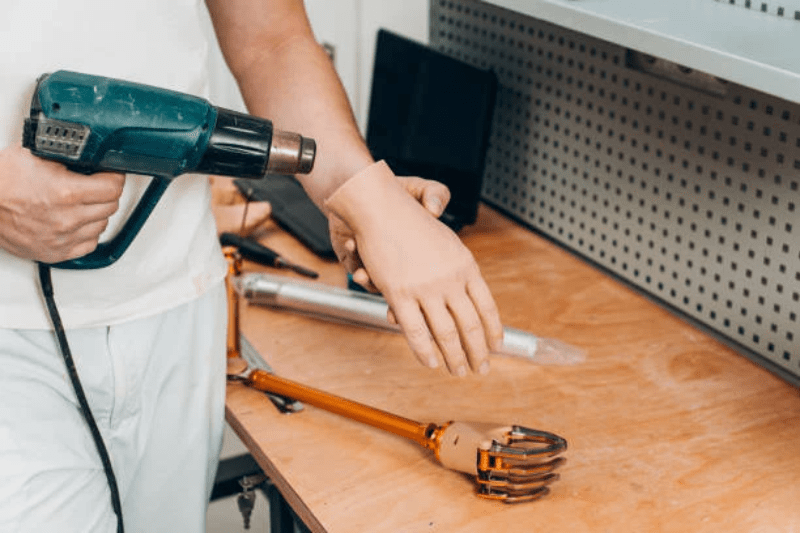
The education of professionals in the field of prosthetics and orthotics is undergoing a revolution. It is now possible to earn a Bachelor of Science in prosthetics and orthotics through an online program. The new program was initiated two and a half years ago at New York University. The first freshmen class will begin in September 1960. It has received great praise and is expected to set a precedent for others. Here are some important facts about the future of this field.
The practice of prosthetics and orthotics has its roots in physical science and the design of artificial limbs. In the early stages of the procedure, a prosthetist-orthotist will take the measurements of the patient, select materials appropriate to the type of impairment and fit the prosthesis or brace in an ideal way. This ensures that it fits properly and corrects any irregularities in the body structure.
In addition to helping individuals recover their mobility, orthotic devices also help them overcome their physical handicaps. The benefits of using these devices are numerous. They allow people to move around easier and improve their quality of life. As well as being functionally sound, these devices support weak body parts and provide compensation for deformities. If the wearer experiences an injury or an accident, an orthotic can provide support and relieve pain. If they fall, orthotics are essential to prevent further damage. Find out more details in relation to this topic here: https://www.encyclopedia.com/economics/news-and-education-magazines/orthotist-and-prosthetist.
During their studies, prosthetics and orthotics students gain practical skills and theoretical knowledge. In order to become a successful orthotist, they must possess excellent communication and maths skills. The field of prosthetics and orthotics is expected to grow to around one million professionals by 2025. So, if you are interested in this career, consider pursuing an apprenticeship and start earning as you study. They are also an excellent way to gain hands-on experience in a highly technical field.
The prosthetics and orthotics that replace a natural limb are available in many different styles and shapes. The type of prosthetics you need will depend on the level of amputation you have suffered. People who have had a lower-limb amputation may benefit from a prosthetic more than those with upper-extremity amputations. However, the success rate of patients with limb amputations depends on their needs and their desires.
Prosthetics and orthotics have a long history in the world. The first craftsmen of these devices used leather, textiles, and metals. The first prosthetists on torticollis baby helmet responded to the human need for wholeness. In fact, there are evidences of people wearing prosthetic limbs as far back as 2500 BC. These early practitioners were innovative, learned their trade on the job, and operated in small independent workshops without formal education, research, or group collaboration.
The prosthetic companies New Jersey have evolved through the ages, and there have been some breakthroughs in the field. Microprocessor technology, increased demand, and government programs have influenced the design of orthotics and prosthetic devices. Today, electric orthoses and powered prosthetic limbs have the potential to be the 'next big thing.' But, despite all these innovations, the foundation of these two fields remains unchanged.